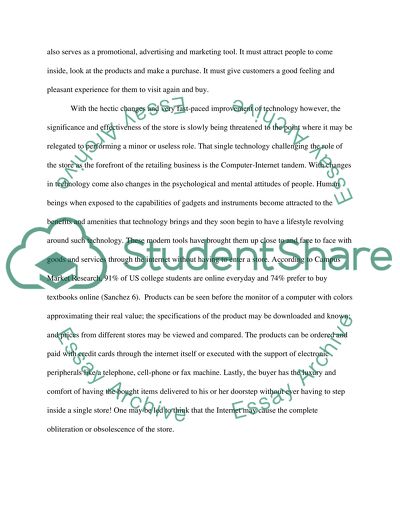Cite this document
(“Future of Fashion Essay Example | Topics and Well Written Essays - 3000 words”, n.d.)
Future of Fashion Essay Example | Topics and Well Written Essays - 3000 words. Retrieved from https://studentshare.org/visual-arts-film-studies/1517410-future-of-fashion
Future of Fashion Essay Example | Topics and Well Written Essays - 3000 words. Retrieved from https://studentshare.org/visual-arts-film-studies/1517410-future-of-fashion
(Future of Fashion Essay Example | Topics and Well Written Essays - 3000 Words)
Future of Fashion Essay Example | Topics and Well Written Essays - 3000 Words. https://studentshare.org/visual-arts-film-studies/1517410-future-of-fashion.
Future of Fashion Essay Example | Topics and Well Written Essays - 3000 Words. https://studentshare.org/visual-arts-film-studies/1517410-future-of-fashion.
“Future of Fashion Essay Example | Topics and Well Written Essays - 3000 Words”, n.d. https://studentshare.org/visual-arts-film-studies/1517410-future-of-fashion.


